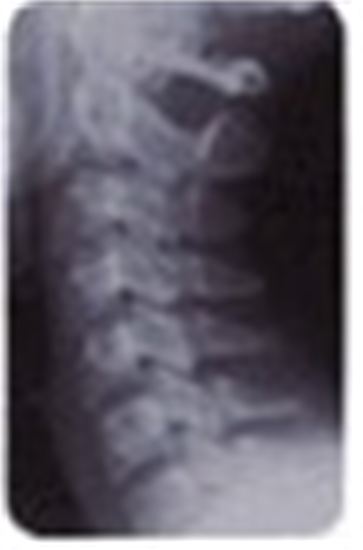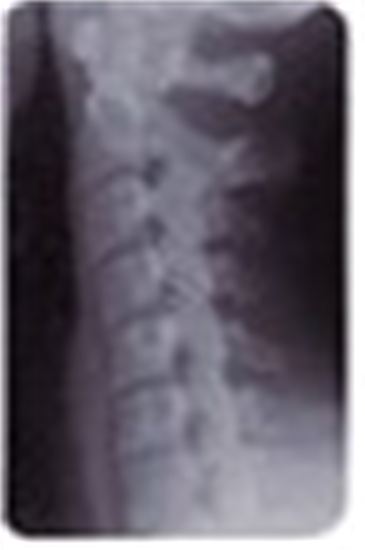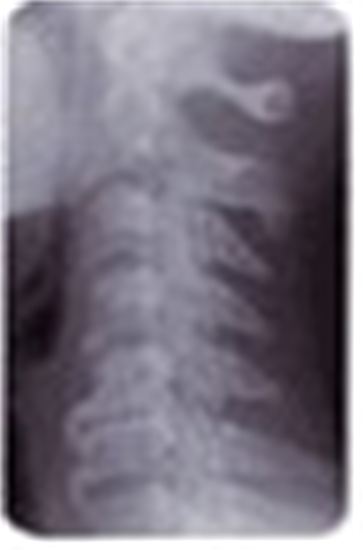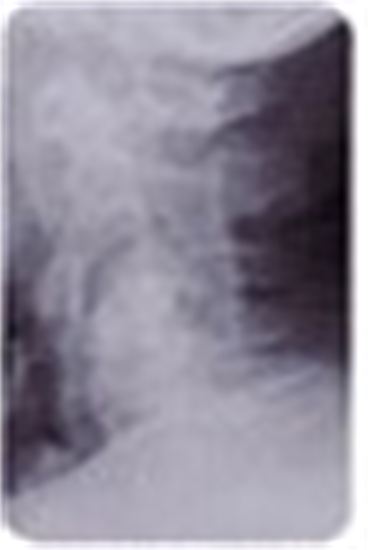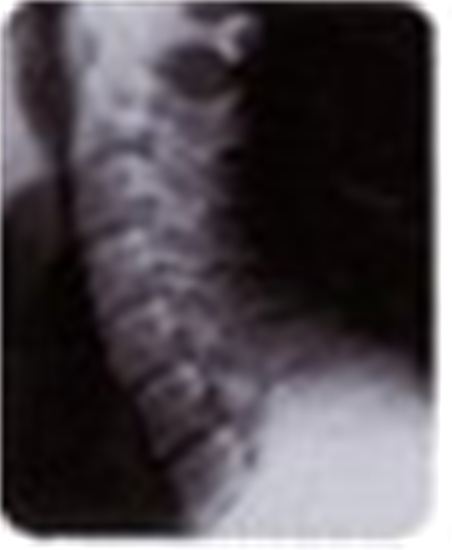Corrective Chiropractic Care
Corrective chiropractic care is the process of restoring your spine to its natural position. The restoration process provides stability for your spine, which in turns produces a healthier body.
The corrective chiropractic process involves realigning the spine, stabilizing the spine, and continued care to keep the spine aligned.
At Waukee Wellness, we do not approach our treatment plans blindly. We take time to discuss your medical history and take x-rays of the current position of your spine. These x-rays help us identify your current spinal health and provides direction for the treatment plan.
The following photos give you an idea of what a normal spine should look like and what misaligned or damaged spines look like. Neglected misalignments can cause intermittent to severe pain throughout any part of the body, depending on the area that is misaligned or damaged.
Our corrective chiropractic care has helped many people who suffer from pain feel relief from that pain and experience better health as they continue their corrective treatment.
Normal Cervical Spine
Phase One Cervical Spine
Loss of normal curves and nervous system dysfunction result from uncorrected spinal trauma.
Phase Two Cervical Spine
Phase Two:
Phase Three Cervical Spine
After years of neglect, the improperly functioning spinal joints often fuse together.
“Normal” 75-Year-Old Cervical Spine
This 75-year old patient prevented Subluxation Degeneration with many years of regular chiropractic checkups.

